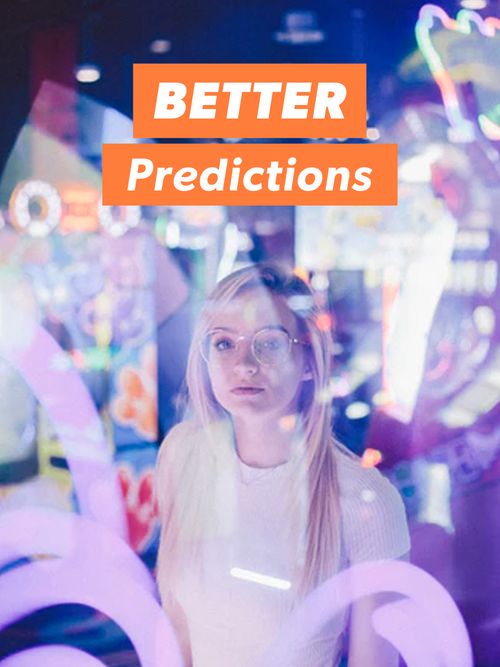Nate Silver on the art of a good prediction
Dec 13, 2021 · 2 mins read
0
Share

Successful prediction is both an art and a science. It requires a blend of imagination and context, but also objective number-crunching. That lets you build up a picture of trends and likelihoods.
Save
Share
First, identify your biases. Humans are gifted at seeing patterns where none exist – and that’s a big problem in the age of information. The more data we have, the more likely we are to read stories into things.
Save
Share
We face two main sources of uncertainty: the information we have, and our interpretation of it. If you think there’s a 0% or 100% chance of something happening, that’s bias talking. The law of averages means that even remote possibilities do happen.
Save
Share
There’s no guarantee that our odds will be accurate, no matter what information we have. The better we understand how probability itself works, the more accurate our predictions can become.
Save
Share
Understanding how to handle uncertainty is key. Some areas (e.g. stock markets, earthquakes, terrorism) are so complex that no method can accurately predict outcomes. Forecasters need to map out what they do know to find a baseline of certainty.
Save
Share
Many ‘expert’ predictions come with assumptions or ideological baggage that gets left unsaid. Only experts who can fully acknowledge these and actually look at the data in front of them can make accurate predictions.
Save
Share
Always test your predictions. Without this step, you can’t learn and get more accurate. Try it in chunks. You may not be able to predict a hurricane at first, for example, but you can start by predicting a change of temperature, then seeing if that change occurs.
Save
Share
Your personal predictions or information never represent the full story. You must aggregate all available data into a single forecast. This is a humble and effective technique that almost always outperforms individual forecasts.
Save
Share
The only way to become better at predictions is to make more of them. This is how you test your hypothesis of how the world works. But be careful not to get overzealous about it. A forecaster needs to entertain all possibilities, not just prove what is wrong.
Save
Share
Conduct real-world tests – just like companies such as Google and Facebook carry out simple ‘A/B experiments.’ Constant testing of our own hypothesis is the only way we can ever get closer to the truth.
Save
Share
0